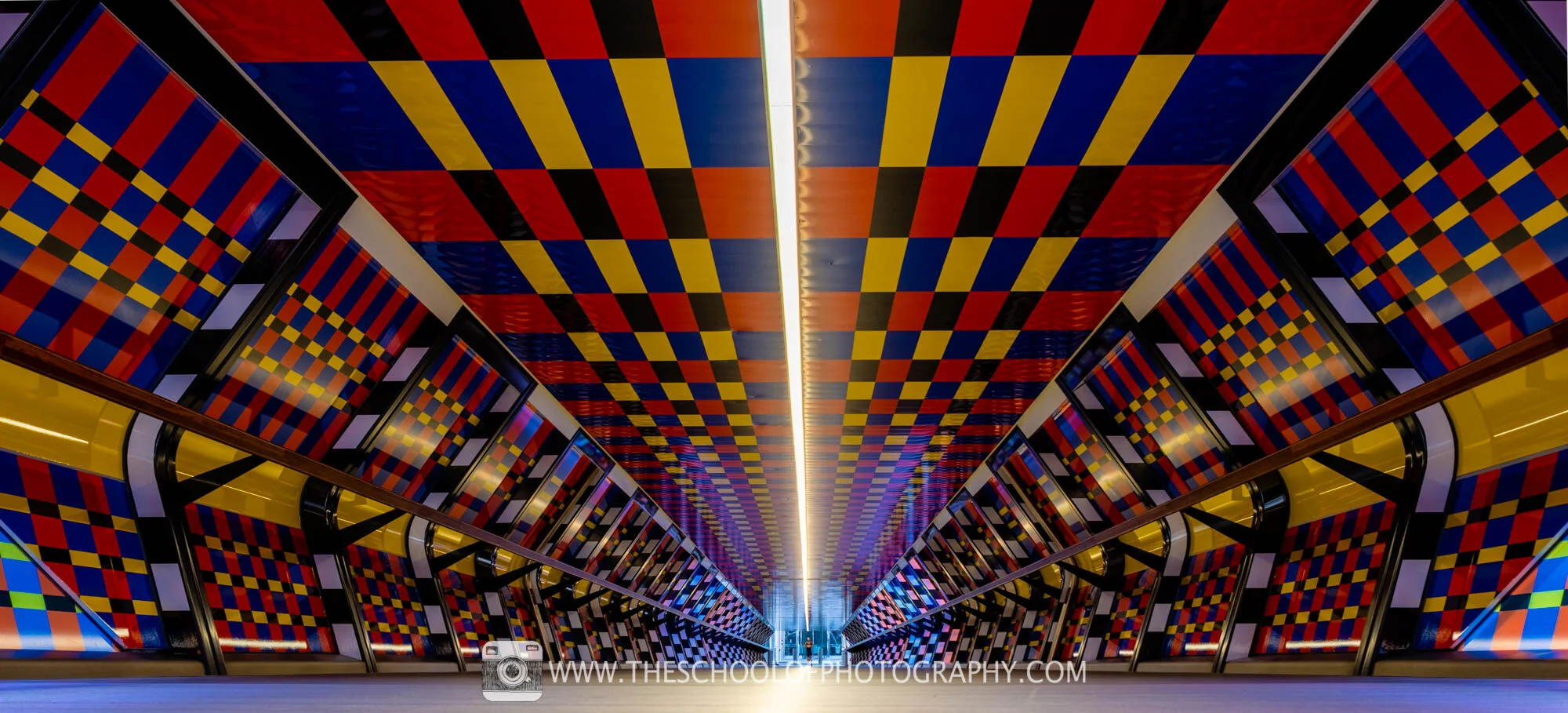Four Types of Symmetry in Photography 1. This often makes pictures appear neat tidy and clinical.
Symmetry Photography Composition
This article is of course concerned with photography so Ill stick with that definition.

. What is symmetry in photography. This post is part of our Rules of Composition in Photography series. Keeping your subject symmetrical is another good technique to use in photography.
Balanced proportions also. Snowflakes show reflection symmetry over more than two axes. Symmetry is directly linked to balance and strength.
This definition is more of a mathematical definition. The composition of a photo affects the way the whole picture is perceived. This creates a horizontal line of symmetry through your image.
Symmetry is the visual representation of two or more parts of the image mirroring each other. Relying on how youre holding the digital camera and the way a lot of a scene you select to point out you may strengthen or weaken the symmetric properties of an object or scene. But it can also include people.
Self-portraiture is a fantastic way to get better at finding good compositions without always being behind the camera. Having strong composition and points of interest will help symmetry. This is a series of lines that dissect the rectangular shape of your frame.
Dynamic symmetry in art. Ive read the articles and to me it boils down. Correspondence in size shape and relative position of parts on opposite sides of a dividing line or median plane or about a center or axis compare bilateral symmetry radial symmetry.
How you can use Symmetry. This can involve real reflections such as a subject looking in a mirror or a subject reflected on water. Symmetry is achieved when two almost identical halves of an image seem equal in balance and importance.
Dynamic symmetry composition arranges elements in the frame using a dynamic symmetry grid. The creation of an image in which both sides either horizontal or vertical should look the same. You can also achieve amazing results by exploring interesting ways to show symmetry in your subjects or finding a break in the symmetry.
Horizontal symmetry is when the line passes through a scene from left to right splitting the scene into equal halves. A rigid motion of a geometric figure. Symmetry refers to any reflections across the image.
This type of symmetry always features some sort of reflection so this can be a great way to. Capturing elements in which there are repeating shapes lines or colors. Symmetry has been understood and appreciated since ancient times.
A photographer will use asymmetry lack of symmetry or unevenness to create visual interest tension and movement. Symmetry is a strong device that allows you to mechanically create concord and a way of aesthetically pleasing balance and proportion in a photograph. However this symmetry doesnt have to be literal in the sense of one half of an image exactly mirroring the other.
Symmetry is a comprehensive tool that a photographer uses to create unique compositions in their photography. Why is Symmetry important. Symmetry is the quality of an object to be split apart into two different parts by an axis with both parts being identical.
Asymmetry is the opposite of symmetry which often places the subject of interest in the center. Symmetry in photography composition is achieved when two halves of an image hold the same weight. Think of your own body for a start says the guy with the slightly asymmetrical face.
What is Dynamic Symmetry in Photography Composition. Symmetrical photographs may also leave empty space in the center and place two symmetrical subjects of interest on either side of the photograph. It can also involve illusory reflections such as when you photograph an animal that has identical left and right sides.
To make the process easier make sure you use a sturdy tripod and a remote. This is also known as formal balance or symmetrical balance. Symmetry in photography is one where the elements of the other side of the photo is balanced by those that can be found on the other side.
In asymmetrical photography these rules are inverted or even occasionally subverted. The property of being symmetrical especially. Symmetry is defined as something being clean proportional and balanced.
In photography using symmetry creates balance and a sense of harmony when viewing the photograph. If everything is symmetrical it is balanced and lacks movement. Symmetry in photography creates a sense of harmony and visual cohesion where well structured composition produces an image displaying aesthetically pleasing proportion and balance.
Likewise if yo u search for symmetry on the internet you will find varying statements about how many different types of symmetry there are. One of the most common composition techniques to create symmetrical images is reflectional symmetry which refers to photos where one side of the composition is the mirror image of the other side. Symmetry in photography is often associated with non-living objects like buildings.
For example the left and right half of a composition could mirror each other while the top and bottom also mirror each other. Symmetry Photography Composition. Consider that as a composition technique in photography you do not need exact symmetry in order to achieve noticable effects.
Symmetry Photography - Definition - Online Encyclopedia Symmetry The symmetry can even occur over multiple axes at the same time. Beauty of form arising from balanced proportions.

What Is Symmetry In Photography How To Really Use It

Symmetry In Photography Killer Tips To Improve Composition The School Of Photography Courses Tutorials Books

Symmetry In Photography Killer Tips To Improve Composition The School Of Photography Courses Tutorials Books

Symmetry And Patterns Photography Composition Rules

7 Great Tips To Use Symmetry In Photography
7 Symetrical Art Ideas Photography Symmetrical Balance Symmetry Photography

Symmetry In Photography Killer Tips To Improve Composition The School Of Photography Courses Tutorials Books

0 comments
Post a Comment